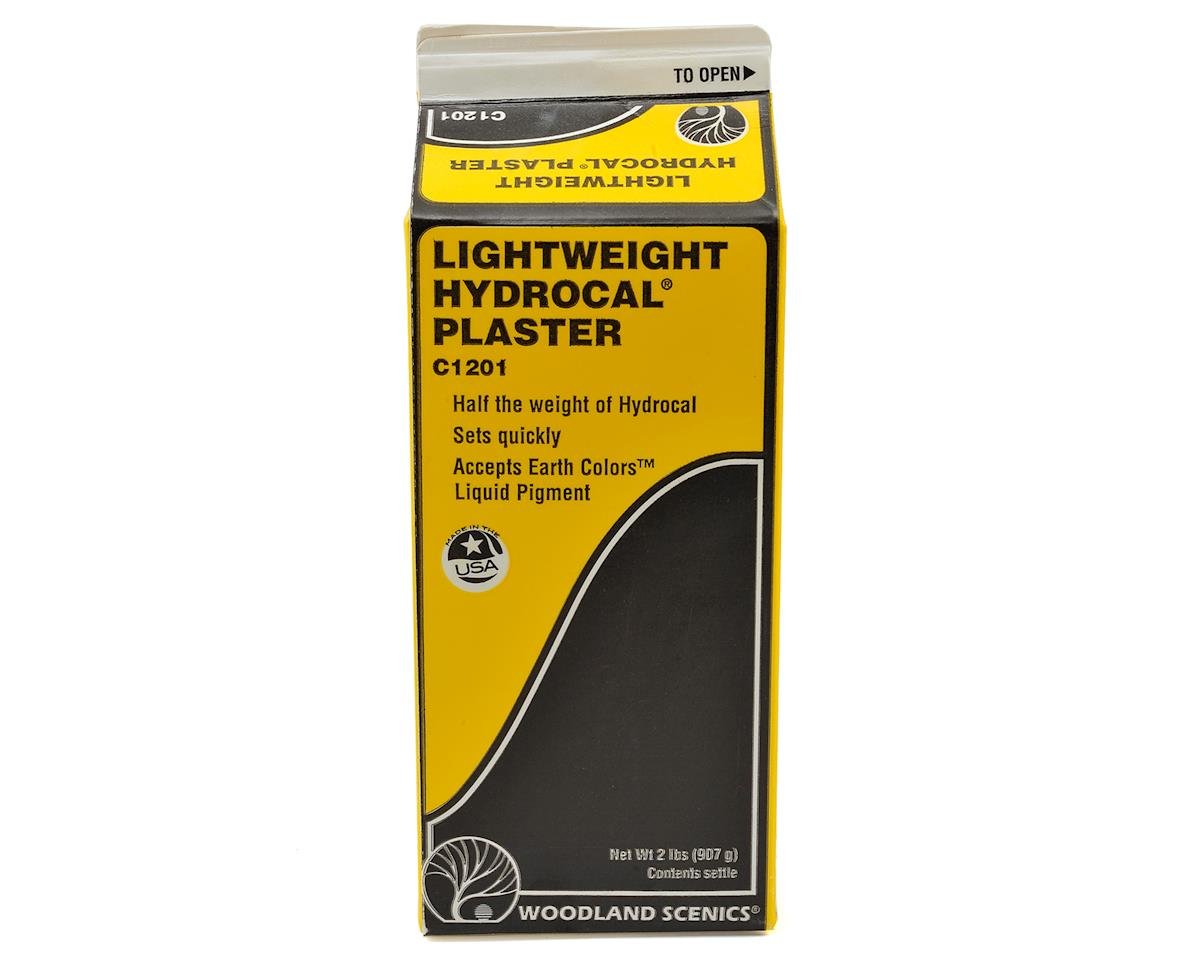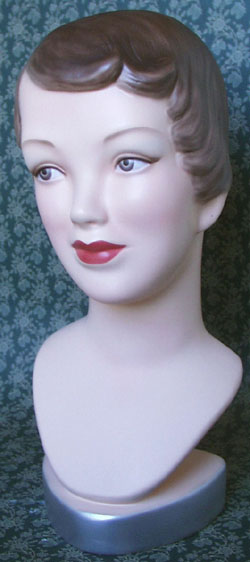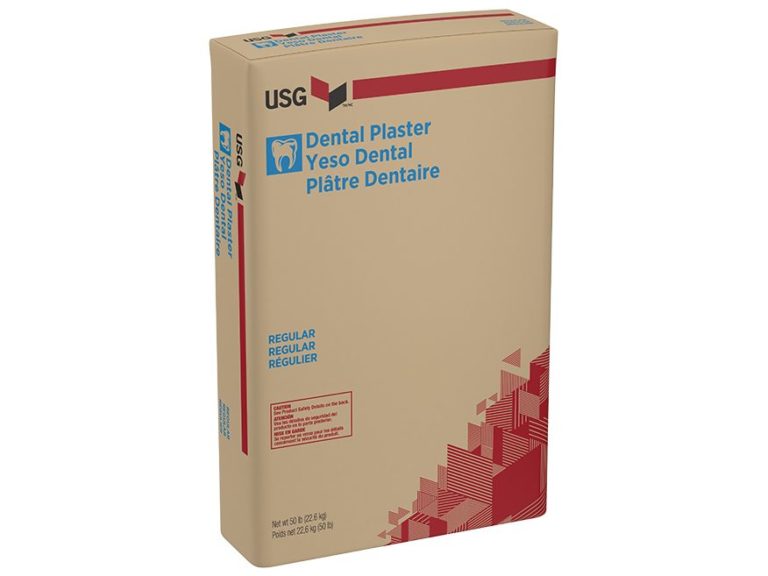
Because the plaster has a low thermal conductivity and heat capacity, the metal cools more slowly than in a sand mold, which allows the metal to fill thin cross-sections the minimum possible cross-section is 0.6 mm (0.024 in). Plaster mold casting is used when an excellent surface finish and good dimensional accuracy is required. Discarded plaster can be recycled by grinding but care must be used since silica dust causes lung damage.

The mold is usually damaged from the metal so reusing is usually not done. Finally, after the metal has solidified, the plaster is broken from the cast part. The dried mold is then assembled, preheated, and the metal poured. The mold is then baked, between 120 ☌ (248 ☏) and 260 ☌ (500 ☏), to remove any excess water. The plaster sets, usually in about 15 minutes, and the pattern is removed. The plaster is then poured over the pattern and the box holding the plaster and pattern is vibrated by mechanical means in order to fill all gaps and to release air bubbles. Then plaster is mixed and the pattern is sprayed with a thin film of parting compound also called a release agent to prevent the plaster from sticking to the pattern. A box is made around the pattern to hold the plaster.

Process įirst, the parting line is determined - either simple two part or more complex (3 or more). Standard surface finishes that are attainable are 1.3 to 4 micrometers (50–125 μin). Typical tolerances are 0.1 mm (0.0039 in) for the first 50 mm (2.0 in) and 0.02 mm per additional centimeter (0.002 in per additional inch). These molds are also inexpensive, reusable, more accurate than steel molds, fast to produce, and easy to change. For example, if the casting includes reentrant angles or complex angular surfaces then the rubber is flexible enough to be removed, unlike metal. The pattern is usually made from metal, however rubber molds may be used for complex geometry these molds are called Rubber plaster molds.

The ratio of ingredients is 70–80% gypsum and 20–30% additives. For instance, talc or magnesium oxide are added to prevent cracking and reduce setting time lime and cement limit expansion during baking glass fibers increase strength sand can be used as a filler. The plaster is not pure plaster of Paris, but rather has additives to improve green strength, dry strength, permeability, and castability. Parts that are typically made by plaster casting are lock components, gears, valves, fittings, tooling, and ornaments. Production rates of 1–10 units/hr can be achieved with plaster molds. Generally, the form takes less than a week to prepare. It is used for castings as small as 30 g (1 oz) to as large as 7–10 kg (15–22 lb). Like sand casting, plaster mold casting is an expendable mold process, however it can only be used with non-ferrous materials. Plaster mold casting is a metalworking casting process similar to sand casting except the molding material is plaster of Paris instead of sand.


 0 kommentar(er)
0 kommentar(er)
